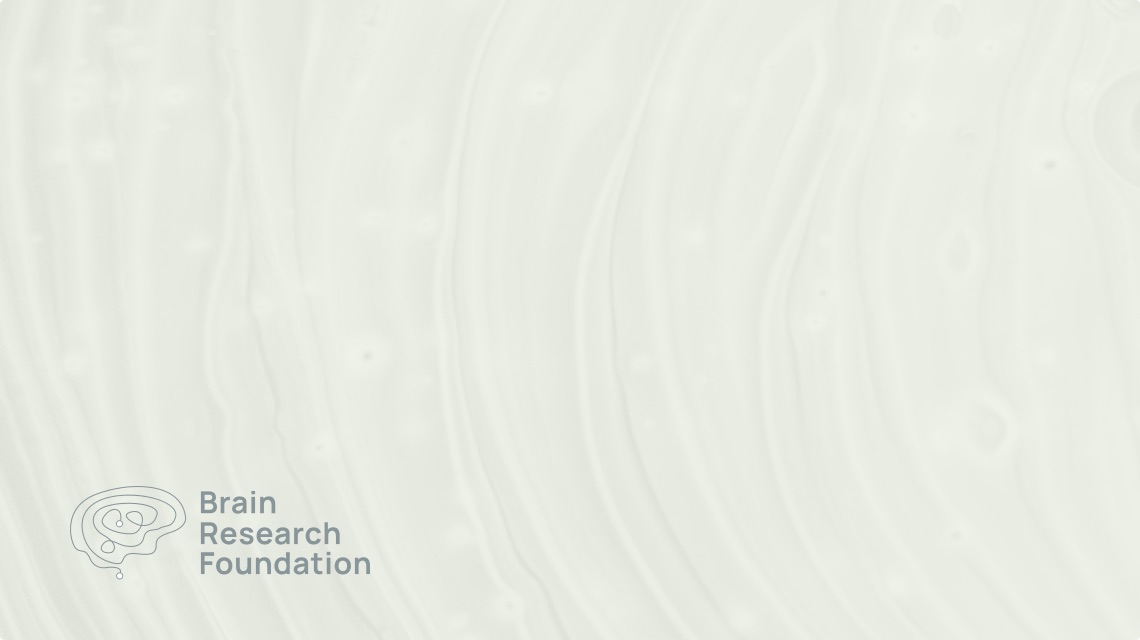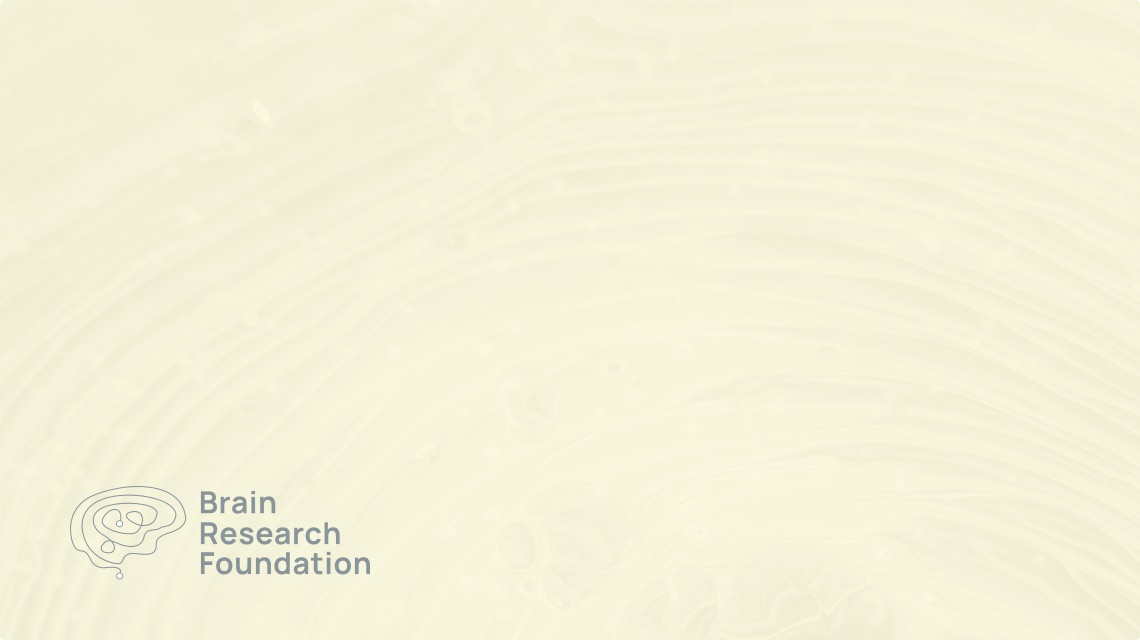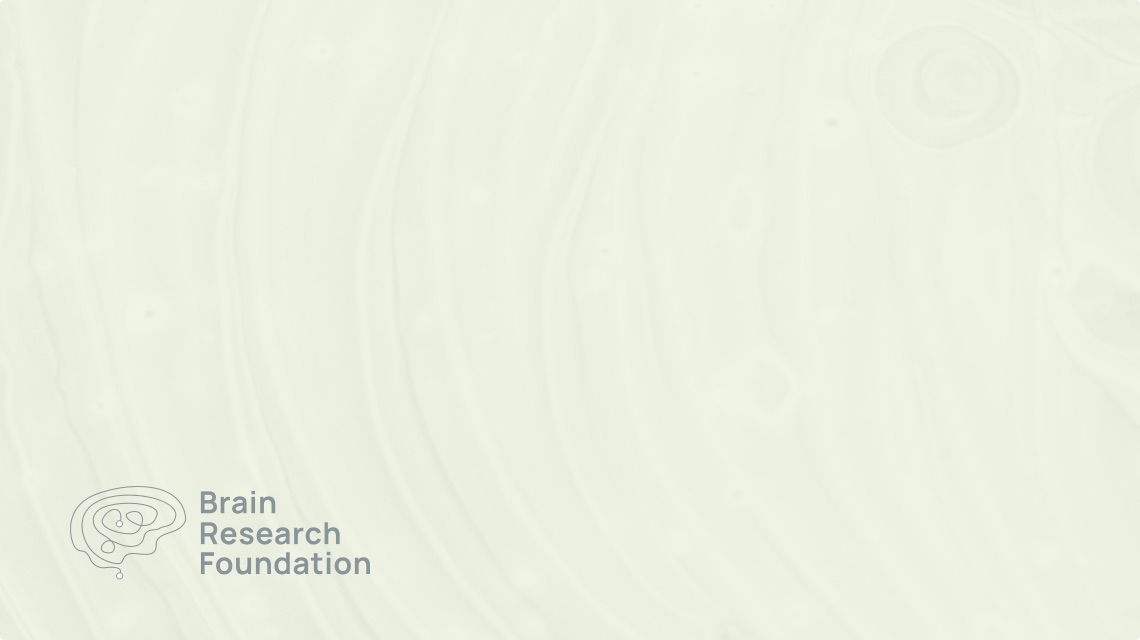The effect of scene-statistics on cortical maps
2007 Seed Grant
Naoum Issa, M.D., Ph.D.
The University of Chicago
Imagine walking into a crowded party for the first time. It can be a little disorienting – people fill the room but it’s difficult to identify anyone. Over the course of a few minutes, though, it becomes easier to navigate and easier to recognize people even from a distance. Our brain adapts quickly to new sensory environments, improving its ability to process information over a few minutes. But just how is the brain changing? And how do these changes help us navigate the world? These are among the biggest questions in neuroscience. Dr. Issa is studying one aspect of the brain’s adaptability, namely scene-statistics adaptation: the ability to quickly ramp up sensitivity to aspects of a new visual environment.
To do this, Dr. Issa and his lab will map out the organization of the first stage of the cerebral cortex that deals with vision, known as the primary visual cortex. They will then change the visual environment and remap the organization of the primary visual cortex every few minutes. Previous studies have shown that individual neurons adapt to new visual environments, and our goal in these experiments is to see how the entire population of neurons adapts. To do this, they are using a new method for imaging brain activity patterns that gives a quick and accurate picture of a large region of the brain at fine resolution.
How the brain adapts to its environment is central to both normal and pathological brain function. In normal experience, our sensory systems need to rapidly adapt to the environment – no single brain organization or neuronal network can optimally process every sensory environment, so the brain must adapt quickly to new environments. We do not currently know how or where this adaptation takes place. However, we do know that when this system is disrupted, patients cannot easily cope with environmental changes. Among the psychiatric illnesses that show poor adaptation to new sensory environments are autism and schizophrenia, two major disorders whose very basic features and mechanisms of cortical processing are still unknown.



